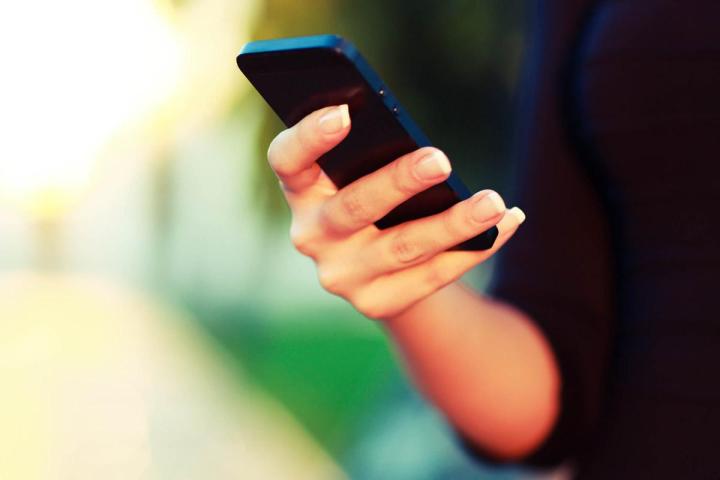
“Use-Dependent Cortical Processing from Fingertips in Touchscreen Phone Users,” a paper authored by Arko Ghosh and published in the journal Current Biology, details the process by which activity in the somatosensory cortex — the part of the brain largely responsible for interpreting touch — transforms in response to smartphone usage.
Related: The Internet is rewiring your brain and you don’t even know it
Ghosh and colleagues recruited 37 right-handed people for the study, 26 of whom were touchscreen smartphone users. They then recorded middle finger, forefinger, and thumb movement using electroencephalography (EEG) — electrodes affixed to each subject’s head. The results? Cortical activation was not the same between smartphone users and non-users, and the degree to which it differed depended on the frequency of smartphone usage.
Subjects who’d used a smartphone any time within the previous ten days experienced stronger neural activation. Additionally, the sensitivity of the fingers, especially the thumb, varied proportionally to the amount of time elapsed between use. How long they’d owned the phone didn’t seem to matter, though the researchers found a “linear connection” between use of a smartphone and cortical activity.
Related: Brain control will someday upend tech as we know it, but first: throwing virtual trucks!
The study concludes that touchscreen gadgets, not just musical instruments and video game controllers, have the potential to influence our physical perceptions. Repetitive manipulations on a smooth surface, the authors propose, can reshape sensory processing from the hand.
The implications aren’t entirely clear as of yet. Still, at the very least, the findings should make for a solid retort next time someone tells you to put down your smartphone.
Editors' Recommendations
- I used a gaming smartphone for a week. Here’s how it surprised me
- The best phones in 2024: our 15 favorite smartphones right now
- I used Samsung’s next big smartphone update. Here’s why I love it
- This outrageously powerful microscope is made of LEGOs and smartphone lenses
- Monkeys in Bali know how much we love our smartphones


